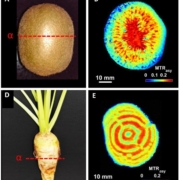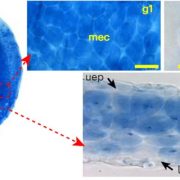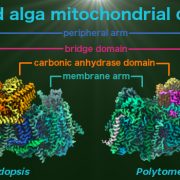NAPstars: the new stars of the redox imaging toolbox!
Redox reactions are an integral part of cellular metabolism and nicotinamide adenine dinucleotide phosphate or NADP is an essential component due to its capacity to be oxidized or reduced. To get a better understanding of cellular redox homeostasis, precise quantification and visualization of NADP redox states is vital. Despite the availability of biosensors for hydrogen peroxide, glutathione, and NAD redox state, accurate measurement of NADP redox state has been lacking, hindering detailed investigation of its role at the subcellular level. In a recent study, Scherschel et al. introduced NAPstars, the first family of genetically encoded fluorescent-based biosensors that can monitor the NADP redox state in cytosol and nucleus. Using these novel biosensors, they provide intriguing new insights into the regulation of the cytosolic NADP redox state in plants challenged with hypoxia, which are in stark contrast with the trend observed for NAD redox states, underscoring the need for specific tools to study redox biology. In contrast to what was previously thought, the glutathione system, which is closely connected with NADP redox state, emerged as the major reductive pathway in cells suffering oxidative stress. In conclusion, the introduction of NAPstars to the current toolbox of biosensors will allow improved accuracy in imaging and quantifying redox biology processes. Anticipating the development of variants targeting diverse subcellular compartments, these biosensors, in conjunction with other redox-related biosensors, promise a comprehensive understanding of redox dynamics in the entire cell. (Summary by Thomas Depaepe @thdpaepe) bioRxiv 10.1101/2024.02.14.580349






